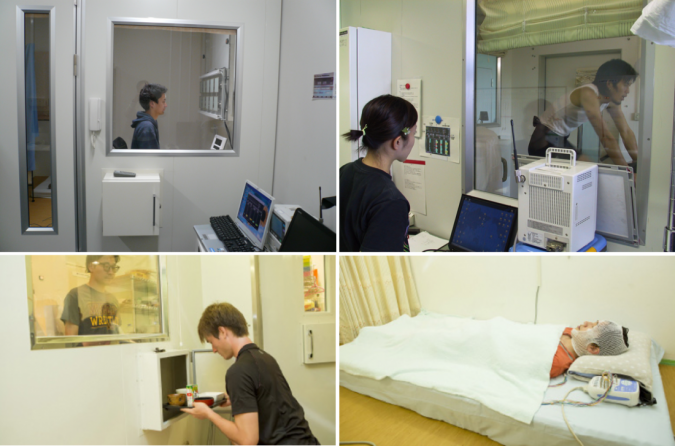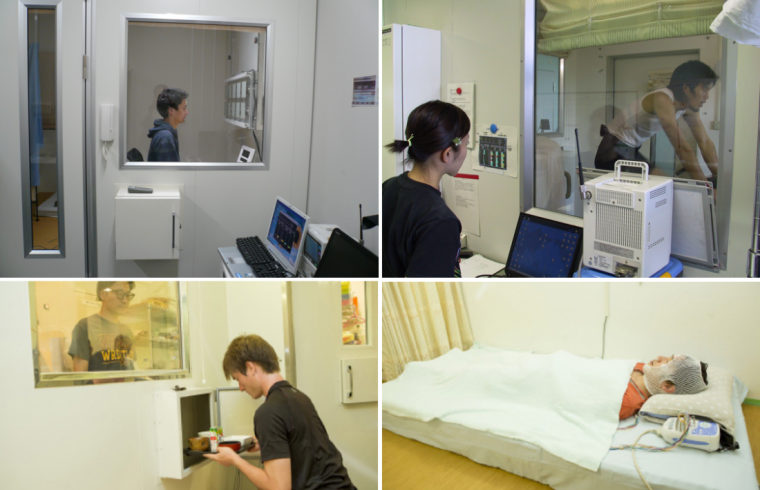
Tsukuba, Japan—Researchers show that low metabolic flexibility is associated with reduced fat metabolism during sleep.
Professor Kumpei Tokuyama and his team of researchers at the University of Tsukuba have been studying metabolism during sleep. “We were interested in how metabolism changes during sleep and whether we could detect any metabolic differences in people with inflexible metabolisms,” Professor Tokuyama explains.
Throughout the day, we gain energy by breaking down carbohydrates, fats, and proteins in our bodies through the process of metabolism. For example, immediately after eating, most of our energy comes from carbohydrates, while after fasting, most comes from fats. The body’s ability to switch metabolic energy sources in response to changes in nutritional state, such as after meals and during sleep, is called metabolic flexibility. Research has shown that disrupted flexibility is associated with diseases such as obesity and diabetes.
The basic method used by the team centers around a measurement called the respiratory quotient, abbreviated as RQ, which measures how much oxygen we use and how much carbon dioxide we breathe out. When the amounts are equal—an RQ equal to 1—it signals that the energy source is carbohydrates. When the ratio is lower, around 0.8, it indicates that fats or proteins are being used as the energy source. To characterize metabolic changes over time, the researchers measured the carbon dioxide/oxygen ratios from 127 people, every 5 minutes over a 24-hour period.
The first finding was unexpected. Because sleep is like a period of fasting, it could be expected that RQs would decrease all night long, indicating that fat was being burned off more and more as sleep progressed. Instead, they found a different pattern. “We were surprised to find that while RQ values decreased steadily at the beginning of sleep, after reaching a low point, they began to rebound after midnight and continued to increase until people woke up,” says Professor Tokuyama.
Next, the team separated the participants based on how much their RQs varied. High variability means that metabolism is flexible, with RQs values going up and down depending on the body’s need throughout the day. After dividing participants into metabolic flexible and inflexible groups, the team found that even though average RQs over 24 hours were the same between the groups (as were their ages, BMIs, and amounts of body fat), RQs at night were higher for those with less flexible metabolisms, indicating that the participants were burning more carbohydrates than fat.
These findings have the potential for practical use. As Professor Tokuyama explains, “Preventing diseases such as obesity and diabetes is much more preferable to treating them. Yearly checkups that focus on measuring sleeping RQ values could help screen for people at risk for developing metabolic diseases, thus allowing timely interventions.”







